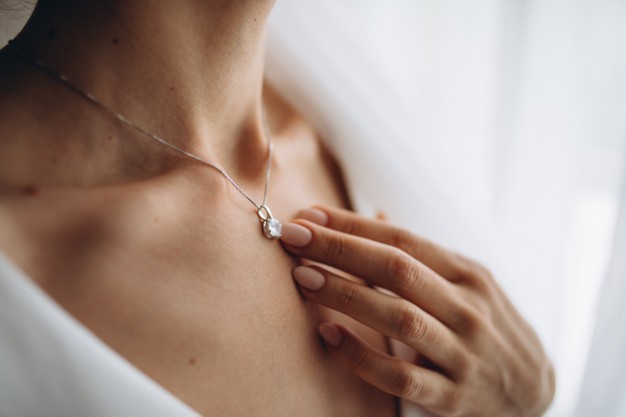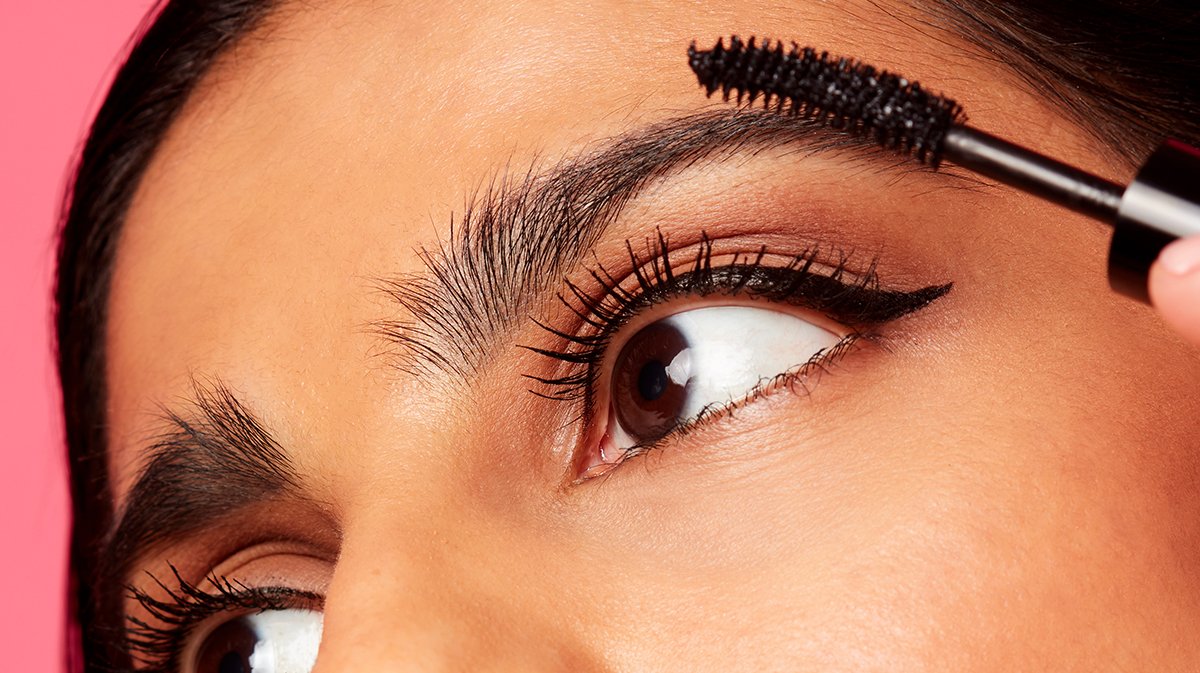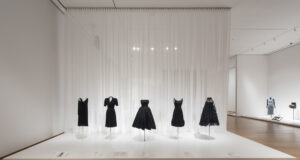Fashion has been a dominant part of our collective consciousness as a species from the very dawn of civilization. While it may have started as a way of covering the body and protect it from the elements and predators, clothing became much more than that. Over the millenniums, people started to express themselves through different items of clothing, and this the true fashion industry was born. It is hardly a modern concept and all it takes to realize it is a short history lesson. No matter the part of the world and the century, people wore special clothes that served numerous purposes. Even if they were everyday pieces they followed a certain style and belonged to a certain tradition.
However, it was not just the clothes (and shoes) that carried these important functions for mankind. One other class of wearable items was perhaps even more important, and that were accessories also known as jewelry. Necklaces, pendants, broches, bracelets, earrings, rings, and hairpieces were crucial from the very start as even the earliest of humans preserved the teeth and bones of their prey and modeled them into wearable totems and items of personal and sentimental value. When civilizations started to develop further and when metals like bronze, silver, and gold were discovered, there was no looking back.
In the modern world, things are very much the same when it comes to jewelry. While most people wear them as a fashion statement and a way to express their style and preferences, jewelry is also important for religious purposes and numerous other symbolism and cultural aspects. In this article, we talk more about this and bring to you what every woman should know about jewelry and the hidden symbolism and tradition behind it.
Wealth, Currency, Status
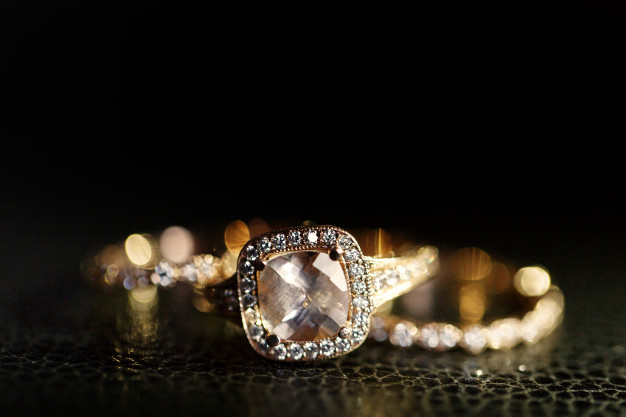
The first jewelry items in the modern sense of the word started to appear around the same time when money and currency were first established. While people wore it for centuries before that, it was with the adoption of the economy and the idea of markets that jewelry became more important. During various periods of time, it served as a legitimate currency in trade especially if it was made of valuable and rare materials. Therefore, people would invest and keep their items as a form of wealth security. This is something that is still dominant today. People treasure their gold and silver and keep it secure and safe. Those who have managed to get more of it over the years were also wearing more of it and showing it around, which is when jewelry started to become an important status symbol. Kings, queens, and aristocracy wore elaborate pieces that set them apart from the working class and slaves. The more you had the more powerful you appeared, and probably were. Many families also have heirlooms that are passed down to generations and mean much more to the family than they may appear.
Religion
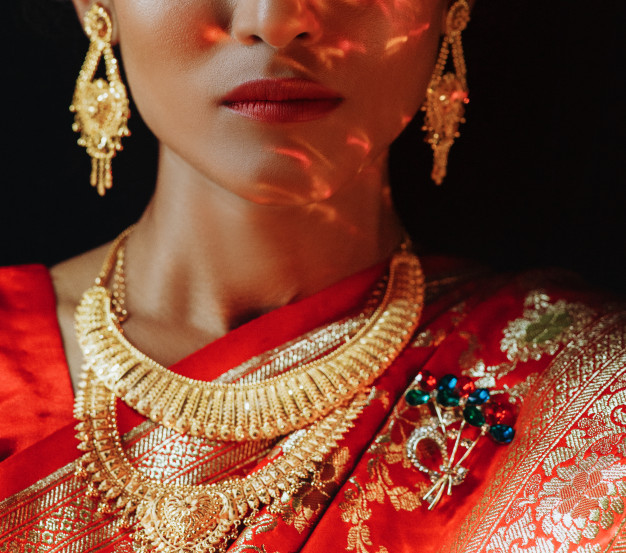
One of the most dominant ways in which jewelry has kept it importance in the modern world is as religious and holy items. Every religion has it no matter if it is a branch or school of Christianity, Islam, Buddhism, or any other religion. Priests and monks wear sacred things around their neck and on their heads, arms, or fingers, especially during mass and special holy gatherings. They either represent the position within the order or are supposed to help during religious occasions. If regular people wear something similar like a Christian cross, it usually means they are more religious than an average person. It all shows devotion, belief, and unity with God and it is the best and simplest way to tell a bit more about yourself to others.
Decoration, Fashion, Expression

Apart from religion and currency, the third-most popular and widespread way why almost all women (and many men) wear accessories and jewelry is to show off their sense of fashion and style and express who they are. It is done through clothing but jewelry really completes it. It is often combined with other tastes and interests so fans of different music genres and/or subcultures. For example, fans of heavy metal music and its many subgenres usually wear spiky metal jewelry that usually utilizes themes of death, spirits, and otherworldly symbols. It is the same with the Gothic culture and the fans of horror genre as a whole. Such pieces can be both obvious and subtle and people have the freedom of making it barely visible or very clear what they like and who they are. If you are interested in horror-inspired jewelry, make sure to check out horror-asylum.com.
Heritage, Tradition, Culture
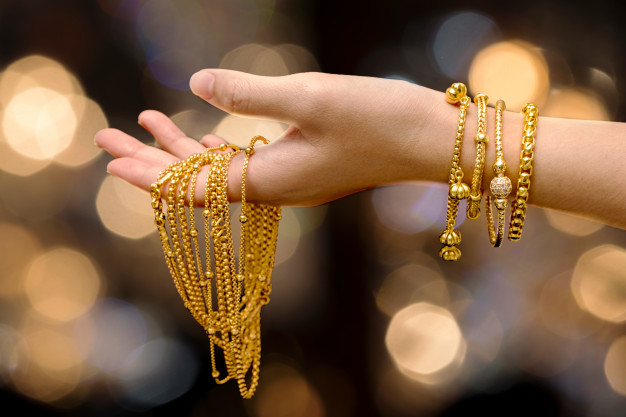
Different parts of the world believe in different things and it is not always religion that dictates it. Asian, European, and African cultures and vastly different for example. Native American and Ancient South American peoples wore elaborate pieces that made them feel closer to nature because they identified with it on a deeper level than we do today. For some it was feathers, for others, it was large golden rings. Whatever the jewelry looked like, it had a good reason why it looked like that. Passing such teachings to younger generations helped us preserve the tradition and culture, which is why we now have folk fashion that is incomplete if we only wear the clothing. Traditional folk jewelry pieces help us learn about who we are and where we came from, what our ancestors did and what was important to them. If there is a lack of a certain element, it means they did not value it or they had no use of it, and the things that are most common were crucial to their life and survival. By wearing similar things today, we both honor them and continue the legacy, preventing it all from being forgotten and forsaken.
Love and Relationship
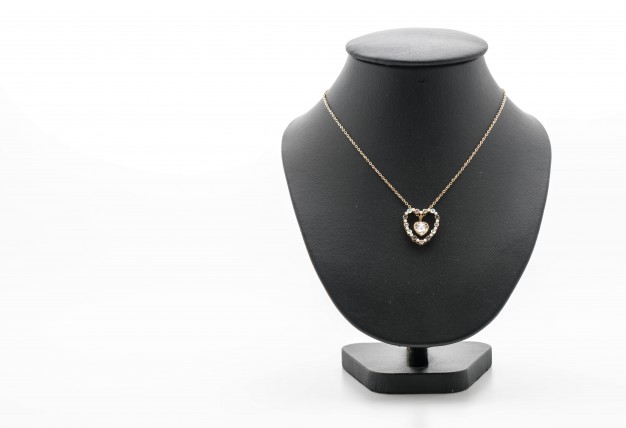
Last but not least, we must not forget the engagement and wedding rings, as well as all the other jewelry that can be a meaningful present to a loved one. Over the course of history, it was common for a piece of jewelry to represent the bond of two people in love so naturally, it is still around today. Engagements and weddings cannot happen without (usually) expensive rings that are for life, which also usually become family heirlooms and treasured pieces of family bonds from generations ago.

